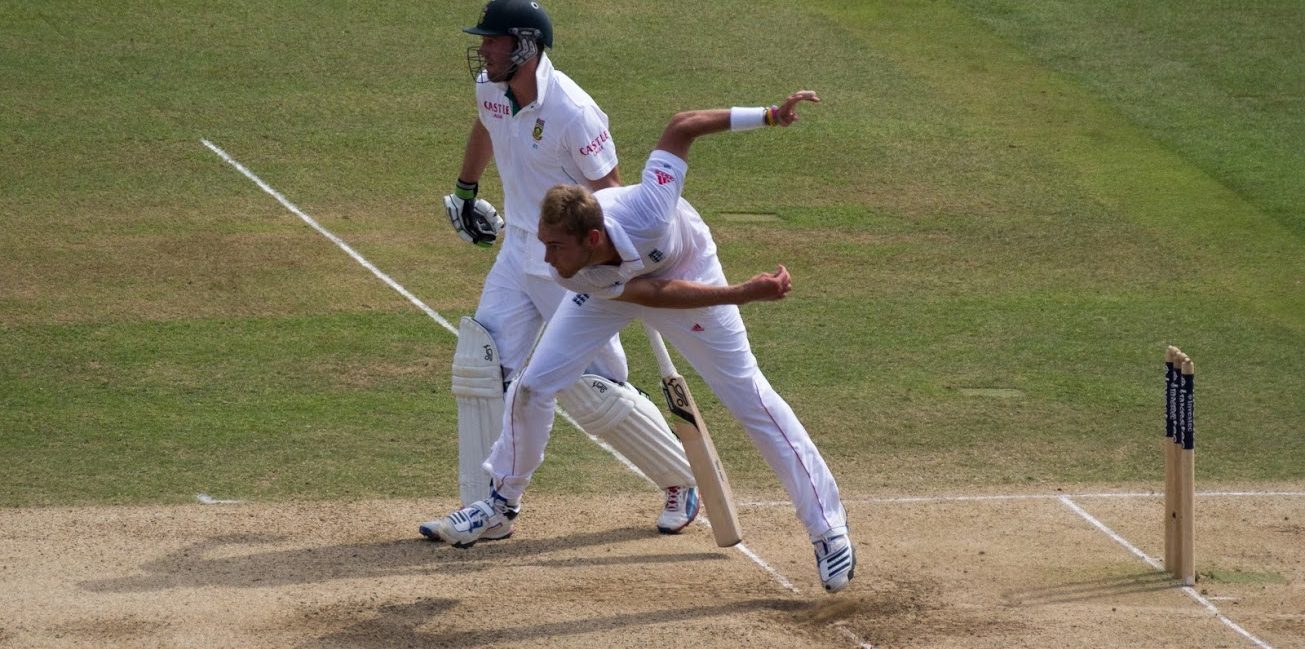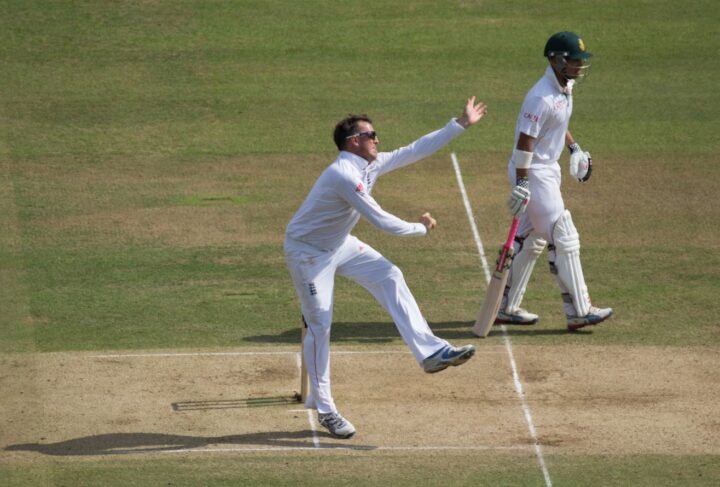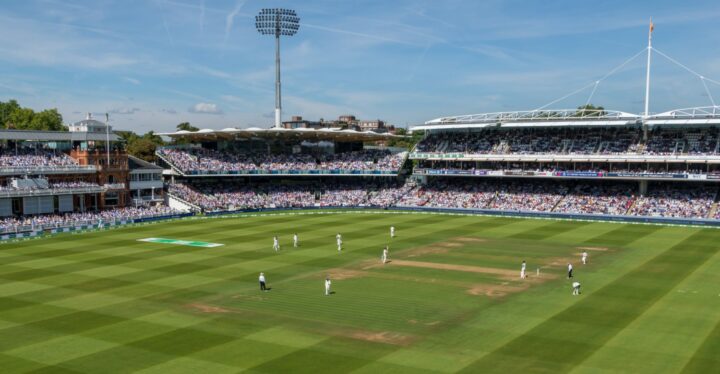Now the dust has settled on England’s T20 World Cup win and attention has shifted to the Test series in Pakistan, we can now give some thought to the future of England’s white ball 50 and 20 over sides. This raises some interesting issues about age and cricket, and the whole thorny issue of how to evolve a side when players need to be replaced.
The fact of the matter is that the bulk of our World Cup winners are now in their 30s. Inevitably this raises some questions as to whether they should be gradually “retired”, voluntarily or otherwise, with an eye to building for the future. For instance, Liam Plunkett was unceremoniously dumped in 2019 and didn’t play again after the tournament. Will the same happen to, say, Chris Jordan? He’s a leading candidate to be put out to grass, despite his fine performance in the final. Meanwhile, Eoin Morgan, despite his influence as England’s captain, decided to pull the plug voluntarily and will spend his final playing years in various franchise contests around the globe.
The flip side of this argument, however, is that should age matter? England’s Test side continues to feature Messrs Anderson and Broad. The last England player before Anderson to go on till 40 was Alec Stewart, and before him Graham Gooch. Both of them remained exceptionally fit throughout their careers, and their impressive longevity shows that it’s quite possible to score runs in middle age. Fitness and sports science are improving all the time, so there’s no reason why more players can’t continue into their late 30s and, in one or two cases, maybe even beyond. Indeed, the T20 leagues feature increasing numbers of “specialists” set on boosting their pensions. Samit Patel and Ravi Bopara are two such examples.
At one point, one day cricket was very much regarded as a young man’s game, with its emphasis on brilliant fielding and swift running between the wickets. But has been turned on its head in the last decade? Dawid Malan and Moeen Ali, both being 35, are perhaps the elder statesmen of England’s current white ball sides. However, they are still very much worth a place in the team. Malan scored a fantastic hundred in the brief 50 over series against Australia, suggesting there is life in the old dog yet.
Consequently, It seems likely that, moving forward, more players will prolong their career well into their 30s, at least in limited overs cricket. For England, this has been a rare occurrence in the last 20 years. Our Test batsmen, for example, rarely go on past 35. Graham Thorpe, for example, had plenty left to give but was discarded in his mid-30s. Meanwhile, Alastair Cook voluntarily ended his Test career at 33. Dawid Malan, on the other hand, seems to be improving with age; therefore it is entirely understandable that he wants to keep going.
Having said that, selectors simply must keep an eye on the future and cannot risk the entire backbone of a team going past their sell by date at the same time. Therefore, it might be prudent to gradually replace the likes of Jason Roy with a Phil Salt, for instance. Not every player can defy age as effectively as Jimmy Anderson.
We are now in a new world, brave or otherwise, where T20 seems to be the dominant form of the game (despite England’s brilliant Test series win in Pakistan). By selecting the likes of Liam Livingstone and Will Jacks in red ball cricket, the lines between the various formats seem to have blurred. It’s the same when it comes to the age of players. There are elder statesmen and young guns specialising in different formats, depending on their preferences.
So should selectors stick with the old adage ‘if you’re good enough, you’re old / young enough’, and just focus on winning the next game, or should they take a long-term view and replace players strategically over time? The problem with the doing the latter, or course, is that father time diminishes the skills of some cricketers faster than others. Who can truly predict a player’s longevity? Imagine if Anderson had been pensioned off prematurely five years ago.
Rob Stephenson









I’ve always felt that the original one dayer 40 over format was the best. 20 becomes a slogfest and 50 doesn’t seem energised enough. There’s always a dip in mid innings where both sides are just marking time.
It’s interesting that in club cricket 45 overs was considered the norm, a max for the first innings to ensure the reply had time to mount a serious challenge. It would be an interesting idea to try in the professional game, so points for a draw still apply and games have some point right to the end. The game lasts 80 overs with up to 45 allowed for the first innings. It relies on imaginative declarations but seemed to produce a lot of close finishes as I remember, a lot of matches ending with a bevy of close fielders round the bat trying to force a win as the other side fought for a draw. So many of the present white ball matches are effectively over long before the end. This way you keep all the results open in all formats to the last ball.
Previous age benchmarks were based on a different game where players could all be assumed to have roughly the same workload including f/c and limited over matches. That’s all changed now.
Is there a point in cricket – like with Federer and Nadel in tennis – players still winning at the highest level past a certain age becomes a) embarrassing and b) questionable?
Why on earth would it be either?
A fascinating piece, Rob. It reminds me of an interview with Don Bradman in his later years. He was asked what he thought his average would be if he was playing now. “Around 40” was his estimate. “Oh” said the interviewer “Is modern bowling and fielding so much better?”. “No” said Bradman “but I am 89 years old” !!!
Absolutely nothing wrong with older players, Anderson has proved beyond any doubt what players can do if they put experience to good use.
You don’t really want your team all get old at same time which seems the case with the white ball team. Concerning in the pointless ODI series after the T20 World Cup. Most of the players rotated in were over 30 so it seems the whole white ball group is all getting old.
30’s is not old in cricket. It takes years for a player to get comfortable with his own game. Only fast bowlers mature young as raw talent is often enough to succeed, the rest have to learn consistency and that takes time. Young sportsmen tend to be inconsistent across the board. You know where you stand with more mature players. It’s easier to hide that in team games. It’s why you get younger players in sports like cricket, soccer and rugby, whereas in the likes of snooker, darts and golf you have very few young players at the top as there’s no team safety net to hide in.
You post this every few weeks, it seems, but I don’t see that there’s much evidence to back it up–even with spinners, which is the role where it’s probably truest. World cricket is full of young players succeeding.
And no, 30 isn’t old–but for a lot of players it is the watershed age where performances often start going downhill (at least taken as a whole) rather than continue getting better–although obviously that’s VERY dependent on the individual player. But the point Mike was making is that if you’ve got a more or less a whole side over 30–especially in white-ball, where the World Cups provide an obvious cycle–then it’s time to start thinking about succession planning. And if even the reserves you bring in when half your squad is unavailable aren’t any younger, then you run the risk of falling flat on your face at some tournament, if they all start going downhill at the same time.